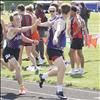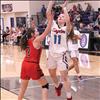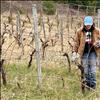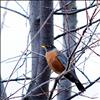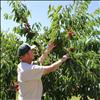MT State team receives grant from National Cancer Institute for project
Montana researchers will use the grant to support agents in changing the built environment to make it easier for people to have active lifestyles.
Keep Reading!
You’ve reached the limit of 3 free articles - but don’t let that stop you.


